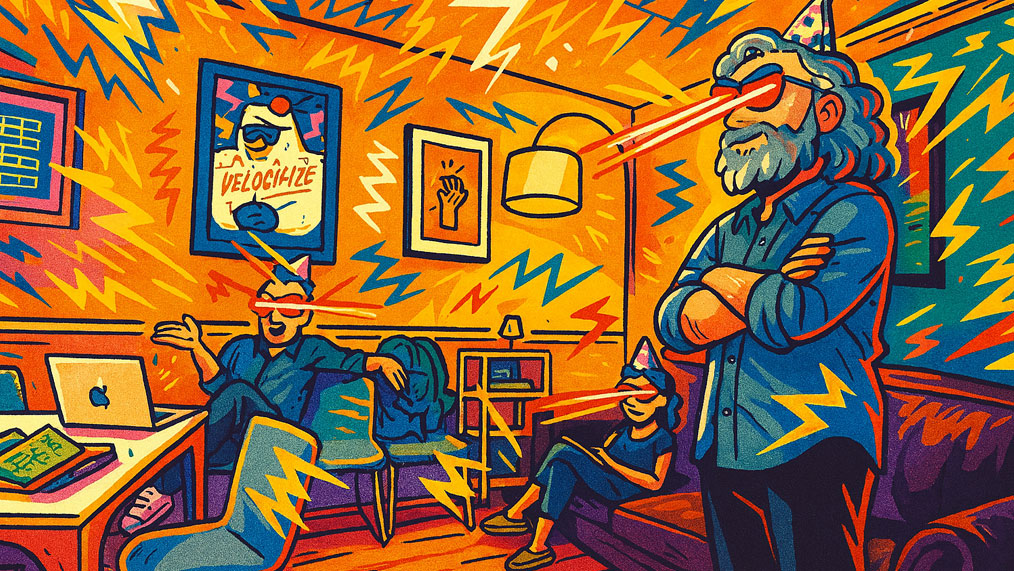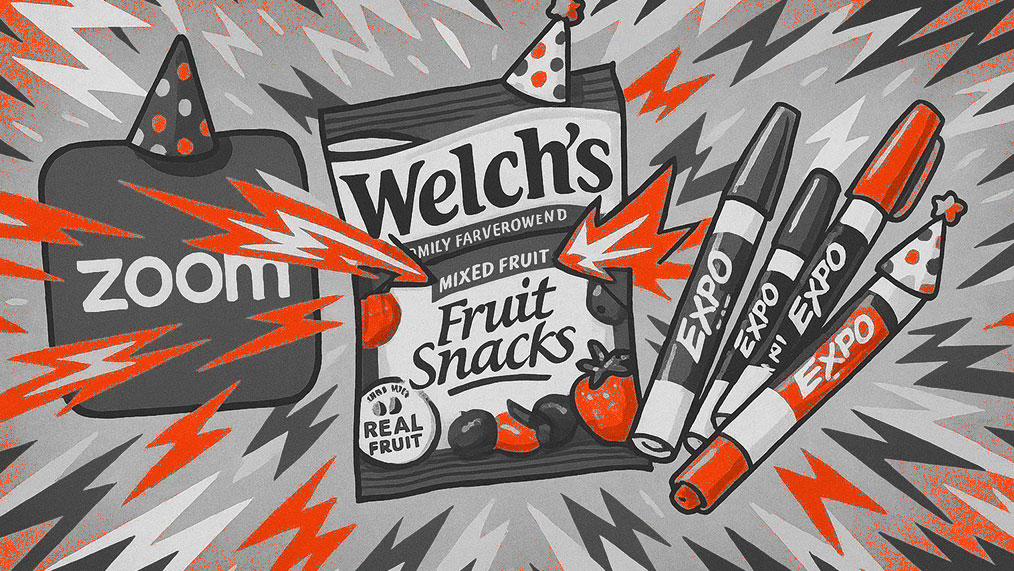Brainstorms get a reputation for being spontaneous, off-the-cuff idea parties, and sure, sometimes they are. But if you’ve ever run one, especially for a high-stakes project with nuanced audiences and a picky strategy to follow, you know the truth:
There’s way more orchestration behind the scenes than most people realize.
It’s not just who’s in the room, it’s why they’re there
Brainstorms can be three minutes or three hours. They can happen at an offsite or on Zoom. But no matter what shape they take, who’s in the room matters.
You don’t always need the whole crew. Sometimes a smaller, carefully balanced group is best—especially when time or budget are tight. We try to mix people who know the project inside and out with those seeing it for the first time. Because if the “newb” (yes, I said it) gets it, there’s a good chance your target audience will too.
That balance keeps the room honest. It brings fresh curiosity and deep context, which together are fuel for new ideas.
Prep like you’re hosting a dinner party (but with strategy [Google] docs)
Running a good brainstorm is kind of like hosting: you want people to feel fed, welcomed, and clear on why they’re there.
Some folks want a pep talk beforehand. Others want the agenda in writing. Some want a crash course on the research or the competitive landscape. Some just need to see the current brand in action. The point is: people walk in stronger when they feel equipped.
And yes—check your whiteboard markers. Make sure the camera’s set for the Zoom folks. Are you voting with dots? Using stickies? Sharp tools lead to sharp ideas.
Facilitation isn’t performance, it’s permission
The best brainstorms don’t have one person steering the whole thing like a cruise director. They have space for questions—real ones—and a tone where any participant can say “what if?” without side-eye.
In our recent session, we hit that sweet spot. There was no weird pressure to get it right. There was no single “loudest voice” driving the direction. Instead, people chimed in, clarified each other’s thinking, and helped ideas build instead of compete. That’s what trust looks like. And it’s what consensus feels like.
And let’s be real: consensus in a brainstorm isn’t automatic. But when you feel it, you know you’re onto something.
Ideas that scale from mild to wild
We walked out with a mountain of ideas across three concept territories. Some were gentle and intuitive. Some were bold and beautifully weird. That’s what you want—a range to explore. Not just the safest option.
Because at the end of the day, we’re not just generating ideas. We’re trying to craft metaphors, messages, and moments that connect with an audience who has real complexities, motivations, and hesitations.
That means stepping into their shoes. Asking, “What would keep me up at night?” or “What would make me trust this brand?” And designing from that place.
A Picture’s Worth… Kind of?
I snapped a photo mid-session. To anyone else, it probably looks like a bunch of people in a room doing regular creative work. But I know what it felt like: real collaboration, in the truest sense. We were making something together—not just on paper, but in our minds. No ego. No posturing. Just building.
(And because I’m me, I asked ChatGPT to illustrate that photo to reflect the actual energy in the room. Laser eyes included.)

#chatGPT #illustration #fails
Final thought
Running a brainstorm isn’t about sticky notes or clever warmups (though those are nice). It’s about setting the stage for people to think, listen, challenge, and trust each other enough to chase down something novel.
It takes guts to ask hard questions and imagination to answer them. But when it clicks? When everyone in the room sees the spark at the same time?
That’s when the real work begins.

Meet blog author Christina Melito,
Creative Director of Design and Digital
Read her bio here

